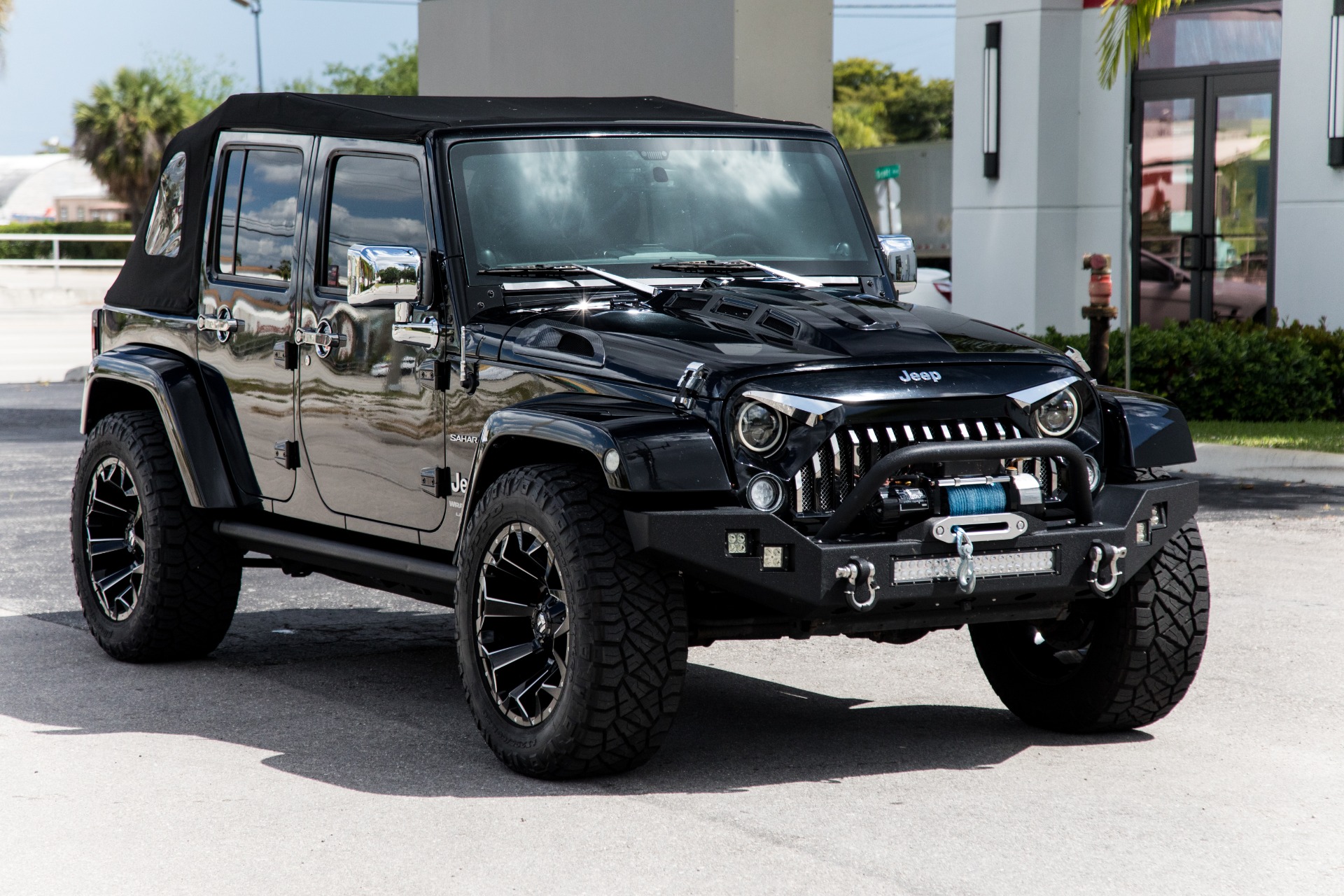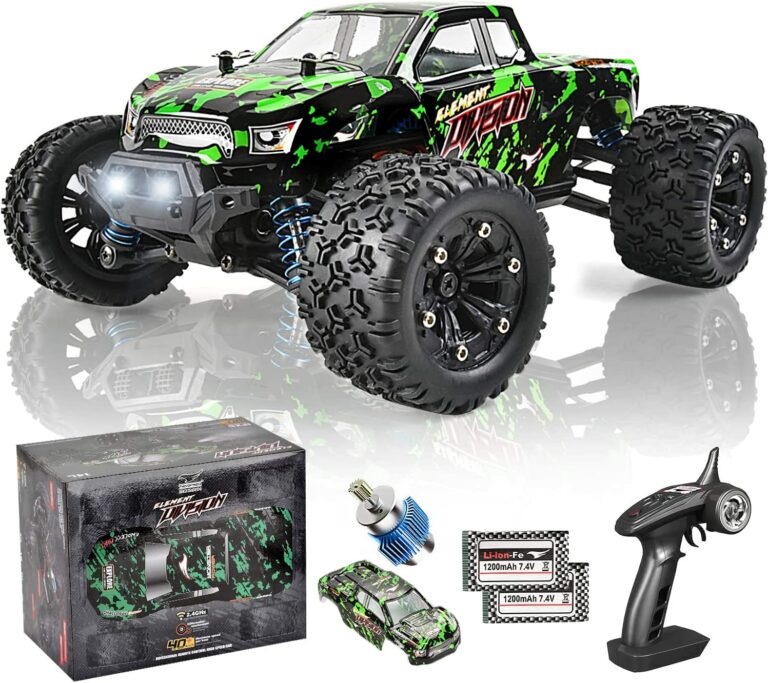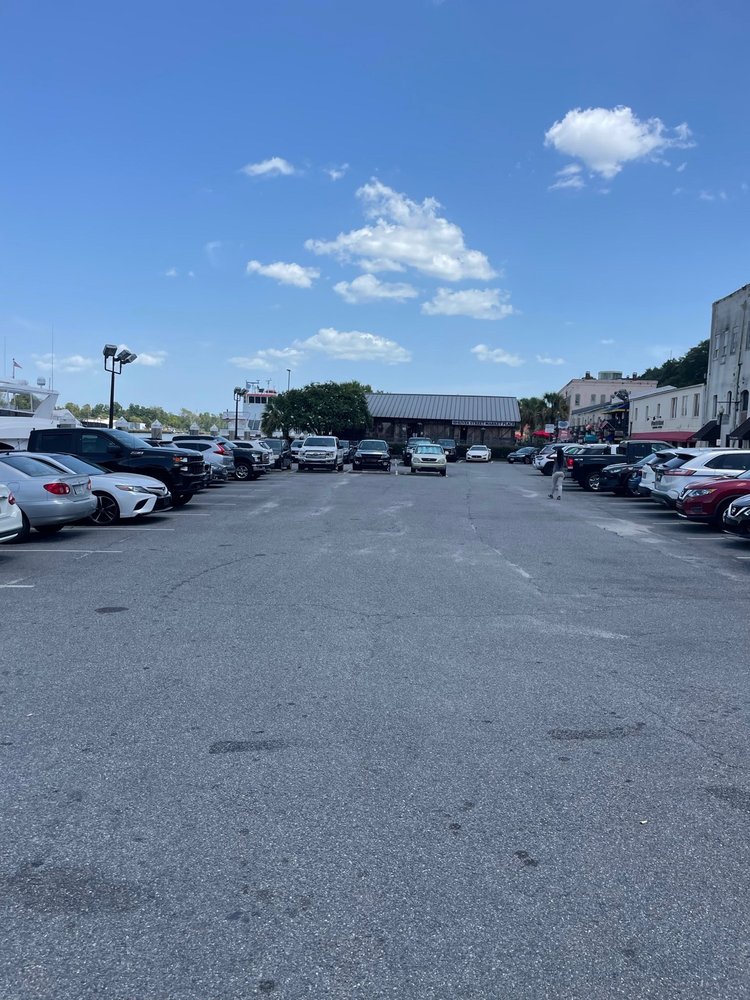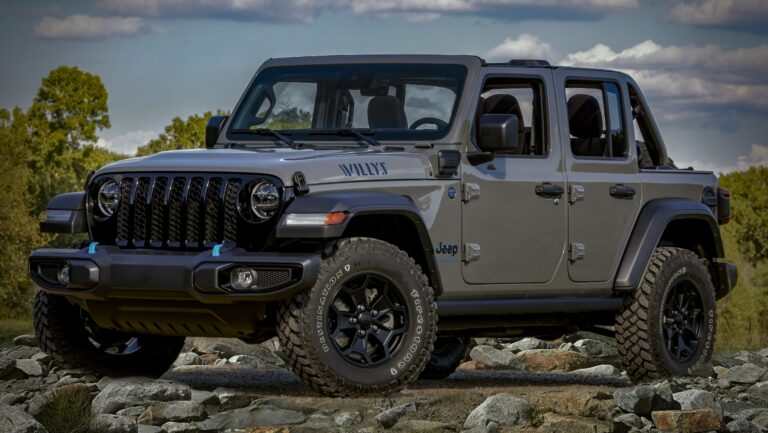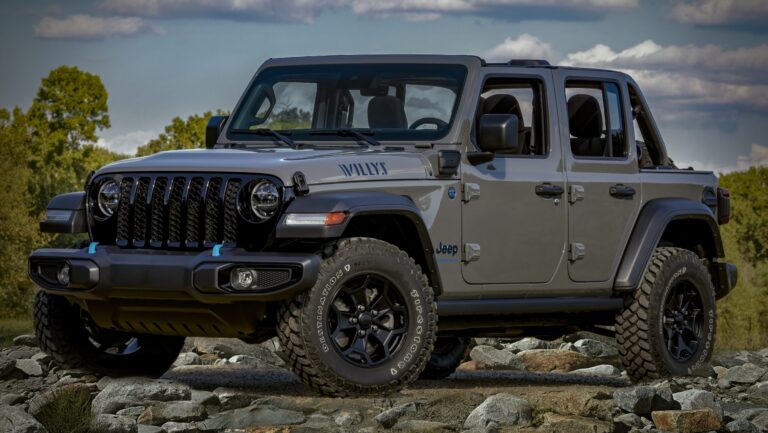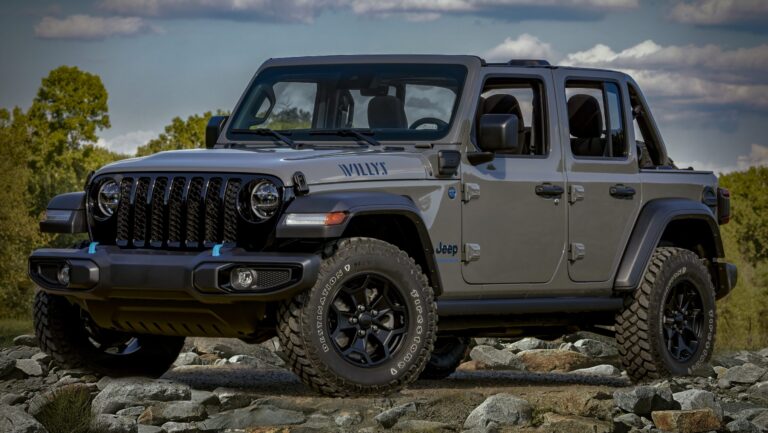Wrangler Jeep 1999: A Deep Dive into an Off-Road Icon
Wrangler Jeep 1999: A Deep Dive into an Off-Road Icon jeeps.truckstrend.com
Introduction: The Enduring Appeal of the 1999 Jeep Wrangler TJ
In the pantheon of iconic American vehicles, few command the reverence and adoration of the Jeep Wrangler. Within its storied lineage, the 1999 model year, part of the legendary TJ generation (1997-2006), stands out as a particularly cherished and capable iteration. The 1999 Wrangler TJ represents a sweet spot in the vehicle’s evolution, perfectly blending the rugged, go-anywhere spirit of its predecessors with modern comforts and engineering refinements that made it more livable on the pavement without compromising its unparalleled off-road prowess.
Wrangler Jeep 1999: A Deep Dive into an Off-Road Icon
For enthusiasts, adventurers, and collectors alike, the 1999 Wrangler is more than just a vehicle; it’s a statement of freedom, an invitation to explore, and a testament to enduring automotive design. Its importance stems from its robust build, legendary powertrain options, highly capable coil-spring suspension, and a design that remains instantly recognizable and infinitely customizable. This comprehensive guide aims to thoroughly explore every facet of the 1999 Jeep Wrangler, offering insights for potential buyers, current owners, and anyone fascinated by this remarkable piece of automotive history.
The TJ Generation: A Leap Forward for the Wrangler
The TJ generation of the Jeep Wrangler marked a significant departure from the leaf-sprung YJ, which preceded it. Introduced in 1997, the TJ brought back the classic round headlights, a move that delighted purists, but more importantly, it introduced a coil-spring suspension system on all four corners. This single engineering change revolutionized the Wrangler’s ride quality, making it significantly more comfortable and stable on the road, while simultaneously enhancing its off-road articulation and capability.
The 1999 model year benefited from these foundational improvements, representing a refined version of the initial TJ design. It maintained the robust body-on-frame construction, solid front and rear axles, and the quintessential removable doors and fold-down windshield that define the Wrangler experience. By 1999, any initial kinks from the TJ’s introduction had largely been ironed out, making it a reliable and well-sorted package right off the factory floor. Its enduring legacy is a testament to its balanced design and the timeless appeal of its rugged functionality.
Key Specifications and Powertrains
Understanding the heart of the 1999 Wrangler involves delving into its mechanical specifications, which largely contributed to its reputation for durability and capability.

Engine Options:
- 2.5-liter AMC 150 Inline-4 (I4): This robust four-cylinder engine was standard on the base SE model, producing around 120 horsepower and 140 lb-ft of torque. While not a powerhouse, it was known for its reliability and decent fuel economy for a Jeep, especially suited for lighter duties or as a capable trail rig where low-end torque matters more than high horsepower.
- 4.0-liter AMC 242 Inline-6 (I6): The legendary 4.0L "PowerTech" engine was the star of the show, standard on Sport and Sahara models. This inline-six powerhouse delivered approximately 190 horsepower and 225 lb-ft of torque. Renowned for its bulletproof reliability, strong low-end torque, and smooth power delivery, the 4.0L is highly sought after by enthusiasts for its ideal characteristics for both daily driving and serious off-roading.

-
Transmission Options:
- 5-speed Manual: The primary manual transmissions were the Aisin AX-5 (for the 2.5L) and the Aisin AX-15 or later NV3550 (for the 4.0L). These manuals provided direct control and were favored by off-roaders for their precise gear selection.
- 3-speed Automatic (32RH): Available with both engines, this sturdy automatic transmission was simple, reliable, and well-suited to the Wrangler’s character, though it lacked the efficiency of more modern multi-speed units.

-
Transfer Cases:
- NP231 Command-Trac: Standard on most models, this part-time 4×4 transfer case offered 2H, 4H, and 4L, providing robust capability for most off-road scenarios. Its mechanical simplicity and strength made it a favorite for modifications.
- NP242 Selec-Trac: Less common on the TJ, this full-time 4×4 transfer case offered an additional "Full-Time 4WD" mode, making it more versatile for varied road conditions, including snowy or wet pavement.
-
Axles:
- Front: Dana 30 (standard on all models).
- Rear: Dana 35 (standard on SE and Sport models), Dana 44 (optional on Sport and Sahara, highly desirable for its increased strength and larger ring gear, especially for those planning larger tires or aggressive off-roading).
The combination of solid axles, coil springs, and powerful engine options (especially the 4.0L) cemented the 1999 TJ’s reputation as one of the most capable and desirable Wranglers ever produced.
Trim Levels and Features
The 1999 Wrangler was offered in several distinct trim levels, each catering to different preferences and budgets:
- SE: The base model, typically equipped with the 2.5L I4 engine, a manual transmission, and basic features. It was a no-frills, rugged workhorse, perfect for those who wanted pure functionality or a platform for extensive modification.
- Sport: A step up, the Sport model usually came standard with the 4.0L I6 engine and offered a wider range of optional features, including air conditioning, better audio systems, and the option for the Dana 44 rear axle. It struck a good balance between capability and comfort.
- Sahara: The top-tier trim, the Sahara included the 4.0L I6 as standard, along with more premium interior fabrics, unique exterior trim (including fender flares and specific wheels), fog lights, and a more comprehensive list of standard features. It was designed for those who wanted a bit more luxury alongside their legendary off-road capability.
Common features across trims included removable soft tops, optional hardtops, full or half doors, and a relatively sparse but functional interior designed for durability and ease of cleaning.
The Driving Experience: On and Off-Road
The 1999 Wrangler offers a unique driving experience that sets it apart from conventional SUVs.
- On-Road: Thanks to the coil-spring suspension, the TJ provides a significantly more comfortable and compliant ride than its YJ predecessor. While still a short-wheelbase, high-riding vehicle, it handles reasonably well for its class, though it’s certainly not a sports car. Its upright driving position and excellent visibility contribute to a commanding feel. Road noise, especially with a soft top, is noticeable, but that’s part of the authentic Wrangler charm.
- Off-Road: This is where the 1999 Wrangler truly shines. Its short wheelbase, excellent approach and departure angles, solid axles, and robust 4WD system make it an incredibly capable machine on trails, rocks, mud, and sand. The coil springs allow for impressive wheel articulation, keeping tires in contact with the ground over uneven terrain. The availability of the 4.0L engine’s low-end torque is invaluable for crawling over obstacles. For many, the ability to remove the top and doors enhances the connection to the environment, making off-roading an even more immersive experience.
Common Issues and What to Look For (Pre-Purchase Guide)
While robust, the 1999 Wrangler is over two decades old, and certain issues are common. A thorough pre-purchase inspection is crucial.
- Rust: This is the TJ’s Achilles’ heel, especially in colder climates where salt is used on roads.
- Frame: Inspect the frame thoroughly, particularly near the skid plate mounts, control arm mounts, and the rear sections near the bumper. Look for bubbling, flaking, or rot.
- Body: Check floor pans (especially under the carpet), rocker panels, front fender wells, and door hinges.
- Steering Issues ("Death Wobble"): A common, unnerving vibration that occurs at certain speeds (typically 45-55 mph) when hitting a bump. It’s often caused by worn steering and suspension components:
- Track bar (bushings or ball joint)
- Tie rod ends
- Ball joints
- Control arm bushings
- Worn steering box
- Improper tire balance or worn tires
- Drivetrain Leaks:
- Rear Main Seal (RMS): Common on the 4.0L engine. Look for oil drips under the bell housing. It’s a significant job to fix.
- Transfer Case Output Shaft Seals: Look for fluid leaks where the driveshafts connect to the transfer case.
- Differential Pinion Seals: Leaks around the front or rear differential.
- Suspension Components: Worn shocks, springs, and control arm bushings can affect ride quality and handling.
- Soft Top Condition: Zippers often fail, and the fabric can degrade, leading to leaks or tears.
- Electrical Gremlins: Less common than mechanical issues, but check all lights, gauges, HVAC controls, and power windows (if equipped).
- Previous Modifications: Assess the quality of any aftermarket modifications. Poorly installed lift kits or other parts can cause more problems than they solve.
Maintenance and Modifying Your 1999 TJ
Owning a 1999 Wrangler TJ involves commitment to regular maintenance and opens up a world of modification possibilities.
- Routine Maintenance: Adhere to standard fluid changes (engine oil, transmission, transfer case, differentials), regularly grease U-joints, inspect brakes, and check for any signs of rust or fluid leaks. Addressing small issues proactively can prevent larger, more expensive repairs.
- Modifying Your TJ: The TJ platform is a dream for modifiers, boasting one of the largest aftermarket support networks in the automotive world.
- Lift Kits: Ranging from 1-inch budget boosts to 6-inch long-arm kits, lifts allow for larger tires and improved ground clearance. Choose a lift that matches your intended use.
- Tires: Larger, more aggressive tires significantly enhance off-road grip. Be aware that tires over 31-32 inches typically require a lift and potentially re-gearing of the axles to maintain performance.
- Bumpers and Armor: Aftermarket bumpers provide better approach/departure angles and often accommodate winches. Skid plates and rock sliders protect vital undercarriage components.
- Lockers: Front and/or rear differential lockers can drastically improve off-road traction by ensuring both wheels on an axle receive power, even if one is off the ground.
- Re-gearing: If installing significantly larger tires (e.g., 33 inches or more), changing the differential gear ratios is often necessary to restore power, fuel economy, and proper transmission shifting.
Practical Advice: When modifying, research thoroughly, understand the implications (e.g., a lift affects driveline angles), and consider your budget. For critical components or complex installations, professional help is advisable. Always prioritize safety and reliability over extreme modifications.
Ownership Experience and Community
Owning a 1999 Wrangler TJ is more than just having a vehicle; it’s joining a vibrant community. The "Jeep Wave" is a real phenomenon, a silent acknowledgment among Wrangler owners. Forums, online groups, and local Jeep clubs provide invaluable resources for technical advice, trail maps, and camaraderie. The aftermarket support is unparalleled, meaning parts, both OEM and performance-enhancing, are readily available. This strong community and parts availability contribute to the TJ’s excellent resale value, making it a sound investment for enthusiasts.
Wrangler Jeep 1999 Estimated Price Table
It’s important to note that the prices for a 1999 Jeep Wrangler TJ can vary significantly based on condition, mileage, modifications, engine (4.0L commands a premium), transmission, and geographic location. The table below provides estimated used value ranges as of current market conditions, not original MSRP.
| Feature/Condition | SE (2.5L I4) | Sport (4.0L I6) | Sahara (4.0L I6) |
|---|---|---|---|
| Original MSRP (Approx. 1999) | $16,000 – $18,000 | $19,000 – $22,000 | $22,000 – $25,000 |
| Current Used Value Range (Estimated) | |||
| Excellent Condition | $10,000 – $15,000 | $13,000 – $20,000+ | $16,000 – $25,000+ |
| (Low miles, rust-free, well-maintained, optional Dana 44, desirable mods) | |||
| Good Condition | $6,000 – $10,000 | $8,000 – $13,000 | $10,000 – $16,000 |
| (Moderate miles, minor cosmetic flaws, solid mechanicals, some rust) | |||
| Fair Condition | $3,000 – $6,000 | $4,000 – $8,000 | $5,000 – $10,000 |
| (High miles, visible wear, rust present, needs some repairs) | |||
| Key Factors Influencing Price | |||
| Engine | 4.0L is more desirable | Standard 4.0L | Standard 4.0L |
| Transmission | Manual often preferred by enthusiasts; Auto for convenience | Manual often preferred by enthusiasts; Auto for convenience | Manual often preferred by enthusiasts; Auto for convenience |
| Axles | Dana 44 rear adds value | Dana 44 rear adds significant value | Dana 44 rear adds significant value |
| Top Type | Hardtop typically adds $1,000-$2,000 value | Hardtop typically adds $1,000-$2,000 value | Hardtop typically adds $1,000-$2,000 value |
| Rust | Significant rust dramatically lowers value | Significant rust dramatically lowers value | Significant rust dramatically lowers value |
| Modifications | Quality, tasteful mods can add value; poor mods detract | Quality, tasteful mods can add value; poor mods detract | Quality, tasteful mods can add value; poor mods detract |
| Mileage | Lower mileage vehicles command higher prices | Lower mileage vehicles command higher prices | Lower mileage vehicles command higher prices |
| Maintenance Records | Comprehensive records increase value and trust | Comprehensive records increase value and trust | Comprehensive records increase value and trust |
Disclaimer: These are approximate values and can fluctuate based on market demand, regional differences, and the specific condition of the vehicle.
Frequently Asked Questions (FAQ)
Q1: Is the 1999 Wrangler a good daily driver?
A1: It can be, but with caveats. Compared to modern SUVs, it’s less refined, noisier, and less fuel-efficient. However, for those who appreciate its rugged charm, open-air experience, and driving engagement, it’s perfectly capable as a daily driver, especially with the 4.0L engine.
Q2: What are the most common rust spots to check on a 1999 TJ?
A2: The frame is critical, particularly around the control arm mounts, skid plate mounts, and the rear sections. Also, inspect the floor pans (under the carpet), rocker panels, front fender wells, and around the door hinges.
Q3: What is "death wobble" and how do I fix it?
A3: Death wobble is a violent, uncontrollable shaking of the front end that occurs at certain speeds, usually after hitting a bump. It’s almost always caused by worn or loose steering and suspension components. Common culprits include the track bar (bushings or ball joint), tie rod ends, ball joints, control arm bushings, or a worn steering box. Proper diagnosis and replacement of worn parts are key to fixing it.
Q4: Is the 2.5L engine powerful enough for a Wrangler?
A4: For casual driving and light off-roading, the 2.5L is adequate. It’s reliable and good for low-speed crawling. However, it lacks the horsepower and torque for highway merging, towing, or if you plan to install larger tires. Most enthusiasts prefer the 4.0L.
Q5: What’s the best lift size for a TJ if I want to run larger tires?
A5: For most users, a 2.5-inch to 3.5-inch suspension lift is ideal. This allows for 31-inch or 33-inch tires (with appropriate backspacing) without excessive modifications and keeps the center of gravity relatively low for stability. Taller lifts often require more extensive modifications (e.g., slip yoke eliminator, CV driveshaft, control arms).
Q6: Can I easily remove the doors and top on a 1999 Wrangler?
A6: Yes! This is one of the TJ’s most beloved features. The soft top is designed to be folded down or removed, and the doors can be unbolted (a few bolts and disconnecting the wiring harness/strap). The windshield can also be folded down. This open-air experience is a core part of the Wrangler appeal.
Conclusion: A Timeless Off-Road Companion
The 1999 Jeep Wrangler TJ holds a special place in the hearts of automotive enthusiasts. It represents the pinnacle of the coil-sprung TJ generation, offering a perfect blend of classic Jeep aesthetics, improved on-road manners, and legendary off-road capability. Its robust construction, a choice of reliable powertrains (especially the highly coveted 4.0L I6), and unparalleled aftermarket support make it an ideal choice for those seeking adventure, customization, and a strong sense of community.
While acquiring a 1999 Wrangler today means considering its age and potential for rust or worn components, the rewards of ownership far outweigh these challenges for the right person. Whether you’re a seasoned off-roader, a weekend adventurer, or simply someone who appreciates a vehicle with character and heritage, the 1999 Jeep Wrangler remains a timeless icon—a true testament to freedom and exploration that continues to inspire generations of drivers.
